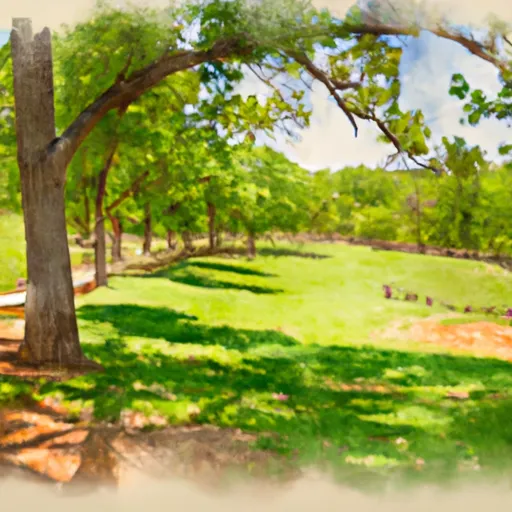°F
°F
mph
Windspeed
%
Humidity











Sulphur-Bluff is a small town located in Hopkins County, Texas. The climate in this region is classified as humid subtropical, characterized by hot summers and mild winters. Summers often see temperatures reaching the mid-90s°F (35°C), while winters are generally mild with temperatures averaging around 60°F (15°C). The area experiences moderate rainfall throughout the year, with the wettest months occurring in the spring.
As for hydrology constituents, Sulphur-Bluff benefits from the presence of nearby Sulphur River. This river provides a source of water for the town and creates opportunities for outdoor recreation. Residents and visitors can enjoy fishing, kayaking, and canoeing along the river's peaceful waters. The river is home to various fish species, including bass, catfish, and crappie, making it a popular spot for anglers.
Additionally, Sulphur-Bluff is surrounded by picturesque landscapes, offering plenty of outdoor recreation opportunities. The town is bordered by lush forests and rolling hills, making it ideal for hiking, camping, and wildlife watching. Nature enthusiasts can explore the nearby Cooper Lake State Park, which offers various activities such as boating, swimming, birding, and nature trails.
In summation, Sulphur-Bluff, Texas, boasts a humid subtropical climate, moderate rainfall, proximity to Sulphur River for water-based activities, and abundant opportunities for outdoor recreation in its surrounding forests and Cooper Lake State Park.
Weather Forecast
Sulphur-Bluff receives approximately 1160mm of rain per year, with humidity levels near 78% and air temperatures averaging around 18°C. Sulphur-Bluff has a plant hardyness factor of 8, meaning plants and agriculture in this region tend to thrive here all year round.
Regional Streamflow Levels
2
Cubic Feet Per Second
227
Cubic Feet Per Second
1,910
Cubic Feet Per Second
3
Cubic Feet Per Second
Nearby Camping
| Camping Area | Reservations | Toilets | Showers |
|---|---|---|---|
| Mission Tejas State Park | |||
| Lake Hawkins County RV Park | |||
| Lake Jacksonville Campground | |||
| Rusk - Palestine Park | |||
| Lake Holbrook Park - West | |||
| Lake Holbrook Park - South |



